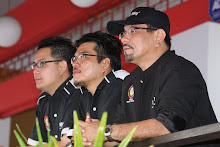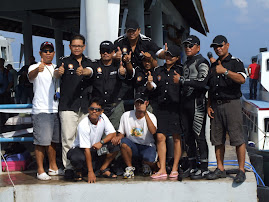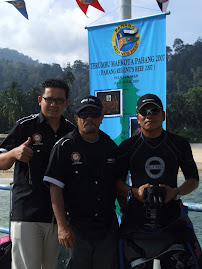To dive safely, divers need to be able to control their rate of descent and ascent in the water. Ignoring other forces such as water currents and swimming, the diver's overall buoyancy determines whether he ascends or descends. Equipment such as the diving weighting systems, diving suits (Wet, Dry & Semi-dry suits are used depending on the water temperature) and buoyancy compensators can be used to adjust the overall buoyancy. When divers want to remain at constant depth, they try to achieve neutral buoyancy. This minimizes gas consumption caused by swimming to maintain depth.
The downward force on the diver is the weight of the diver and his equipment minus the weight of the same volume of the liquid that he is immersed in; if the result is negative, that force is upwards. Diving weighting systems can be used to reduce the diver's weight and cause an ascent in an emergency. Diving suits, mostly being made of compressible materials, shrink as the diver descends, and expand as the diver ascends, creating unwanted buoyancy changes. The diver can inject air into some diving suits to counteract this effect and squeeze. Buoyancy compensators allow easy and fine adjustments in the diver's overall volume and therefore buoyancy. For open circuit divers, changes in the diver's lung volume can be used to adjust buoyancy.
The downward force on the diver is the weight of the diver and his equipment minus the weight of the same volume of the liquid that he is immersed in; if the result is negative, that force is upwards. Diving weighting systems can be used to reduce the diver's weight and cause an ascent in an emergency. Diving suits, mostly being made of compressible materials, shrink as the diver descends, and expand as the diver ascends, creating unwanted buoyancy changes. The diver can inject air into some diving suits to counteract this effect and squeeze. Buoyancy compensators allow easy and fine adjustments in the diver's overall volume and therefore buoyancy. For open circuit divers, changes in the diver's lung volume can be used to adjust buoyancy.








No comments:
Post a Comment